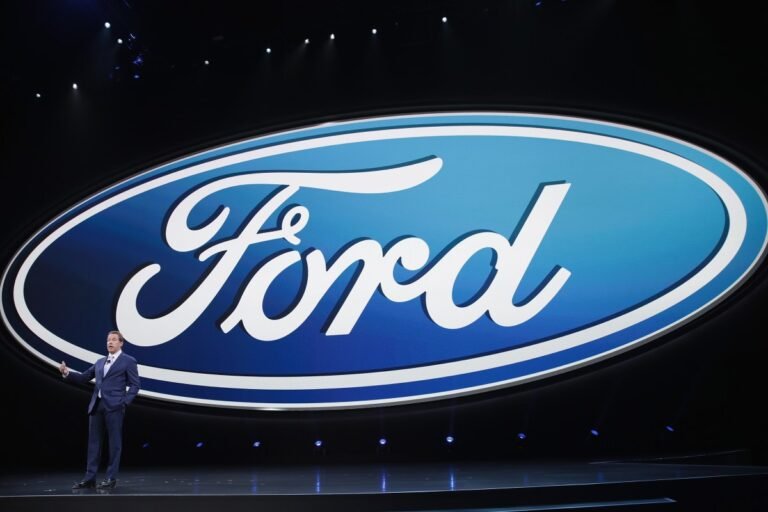
There has been a lot of recent chaos in the world of electric vehicles, and Ford has capitalized on it to build out its secretive low-cost EV team.
It also hired around 10 employees from Lucid Motors, and a handful from Apple’s recently disbanded EV team known as Project Titan.
The company declined to respond to specific questions about how it’s building out the team, which is known internally as Ford Advanced EV.
It also noted that some of the work being done by Ford Advanced EV could be applied to other efforts across the company, not necessarily just to the low-cost EV project.
“The Ford Advanced EV team is part of a global effort to build focused technology and product development teams local to the best talent centers.
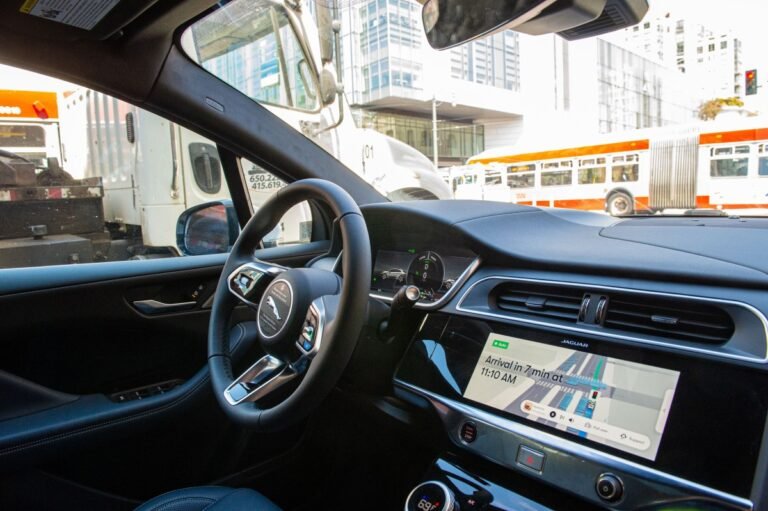
Waymo has voluntarily issued a software recall to all 672 of its Jaguar I-Pace robotaxis after one of them collided with a telephone pole.
This is Waymo’s second recall.
NHTSA confirmed to TechCrunch that it has received Waymo’s recall documents and is processing them for publication on its website.
The accident that prompted Waymo’s second recall happened on May 21 when a Waymo vehicle in Phoenix, driving without a human safety operator, collided with a telephone pole in an alley during a low speed pullover maneuver.
The Waymo vehicle slowed down to pull over and struck a pole at a speed of 8 miles per hour.
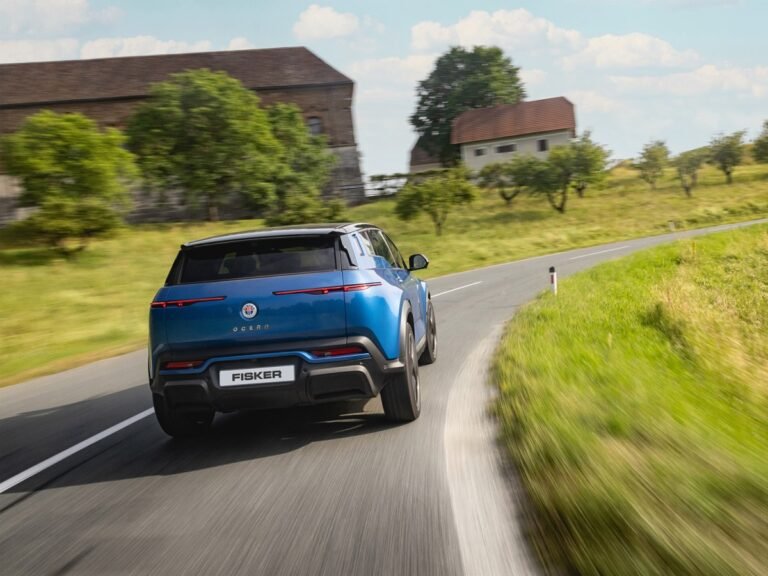
Fisker is issuing the first recall for its all-electric Ocean SUV because of problems with the warning lights, according to new information published by the National Highway Traffic Safety Administration.
The recall technically only applies to all 6,864 Ocean SUVs in the US, as other regions have their own safety regimes.
The recall comes after months of problems with the Ocean SUV, and at a time when Fisker is on the brink of bankruptcy.
This recall is not related to any of the four active investigations NHTSA has launched into the Ocean.
With those, the agency is probing inadvertent automatic emergency braking, sudden braking loss, vehicle rollaway and doors that won’t open.
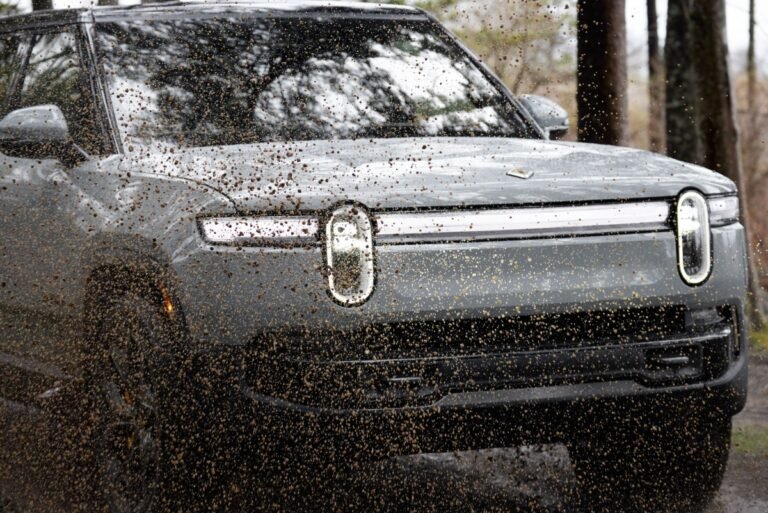
It created an electric pickup and an electric SUV while prepping a monster IPO.
It now plans to sell an even cheaper SUV that could make Rivian a dominant EV player for years to come.
These changes mean that, for the first time since the company broke stealth in 2018, Rivian’s immediate future is actually remarkably clear.
Fisker is on the brink of bankruptcy after dealing with underwhelming sales of its electric SUV and myriad quality and service problems.
If Rivian wants to survive long enough to ship its more affordable mass-market R2, it really needs these revamped vehicles to sell well.
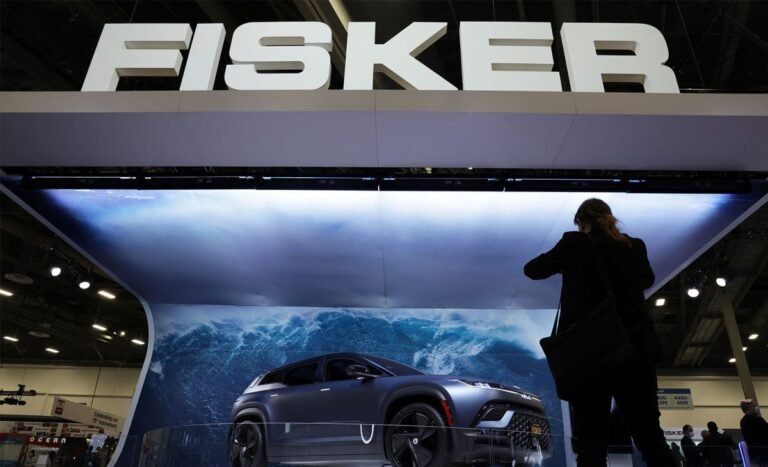
Your usual host Kirsten Korosec is taking a much deserved vacation, so I’ll be walking you through this week’s transportation news.
A little birdImage Credits: Bryce DurbinA lot of little birds have been talking to senior reporter Sean O’Kane about what is going on behind EV startup Fisker.
Other deals that got my attention …Euler Motors, an Indian manufacturer of commercial EVs, raised $24 million in a Series C extension.
Gireve, a French B2B platform for EV charging, raised €20 million to expand further in Europe and internationally and develop new services.
Zoox plans to test its robotaxis in Austin and Miami this summer, making them the Amazon-backed company’s fourth and fifth test cities.
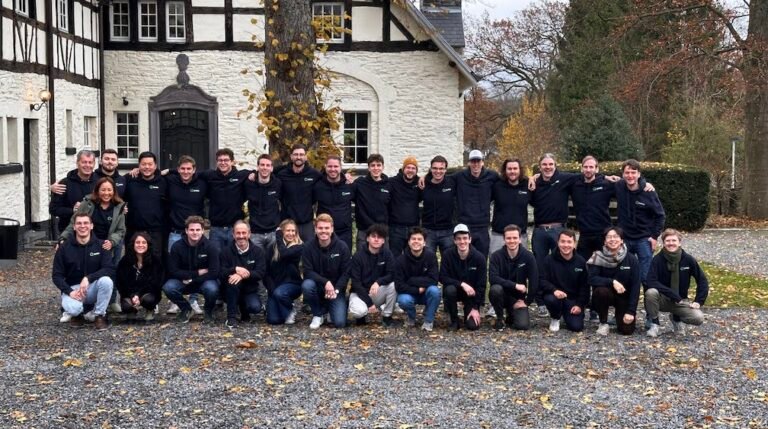
This partly explains why Belgium-based startup Qargo has now raised £11 million ($14 million) in a Series A round led by Balderton Capital.
With the logistics industry facing rising operating costs, decarbonization pressures, hikes in fuel prices and cyber attacks, companies in the space are in tricky times.
There is clear pressure to digitize the industry to introduce cost savings.
While the transport industry does use legacy software platforms like Mcleod Software, Rose Rocket and Dash Doc, many of these platforms are from an earlier era.
In a statement, Rob Moffat, partner at Balderton Capital, said, “Logistics is a $5T market globally but is often overlooked by software companies.

How many AI models is too many?
We’re seeing a proliferation of models large and small, from niche developers to large, well-funded ones.
And let’s be clear, this is not all of the models released or previewed this week!
Other large language models like LLaMa or OLMo, though technically speaking they share a basic architecture, don’t actually fill the same role.
The other side of this story is that we were already in this stage long before ChatGPT and the other big models came out.

Founded in 2015, Orbex is one of a handful of firms racing to develop the next generation of European launch vehicles.
The company is developing what’s sometimes called a microlauncher: a two-stage vehicle called Prime that stands just 19 meters tall, designed to carry payloads up to 180 kilograms.
A larger vehicle could eventually be in the plans as well, though Chambers was clear that Prime was the company’s first priority.
The new capital comes after Orbex closed a £40.4 million ($50 million) Series C in October 2022.
While a spokesperson confirmed the new funding will “help Orbex ramp up the development of Prime … to ensure full readiness and scalability for its launch period,” a firm launch window has yet to be announced.

Inversion Space is aptly named.
Inversion has developed a pathfinder vehicle, called Ray, that’s a technical precursor to a larger platform that will debut in 2026.
Impressively, the company has designed and built almost all of the Ray vehicle in-house, from the propulsion system to the structure to the parachutes.
“The purpose of our Ray vehicle is to develop technology for our next-gen vehicle.
As such, we’ve built basically the entire vehicle in-house,” Fiaschetti said.
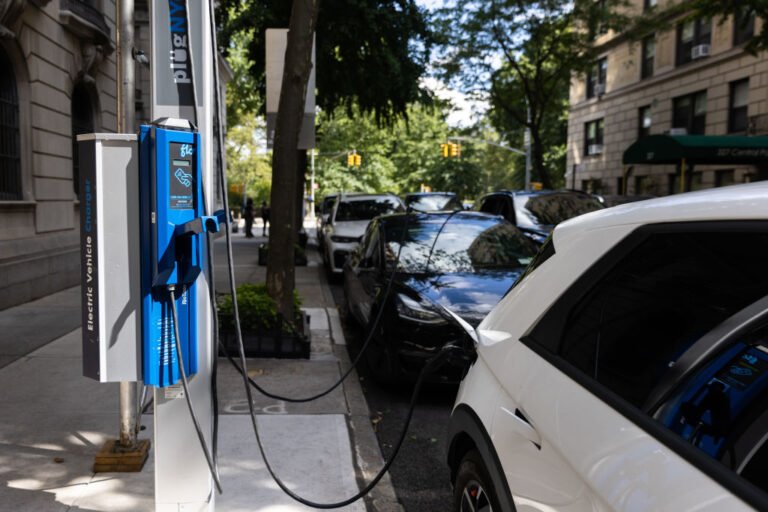
The lack of charging infrastructure is a major barrier to entry for those looking to convert gas-powered vehicles to electric.
Founded by Louis Tremblay, FLO is looking to build robust EV charging infrastructure that will create a reliable web for drivers to get to where they need to go.
Since then, however, the company has raised more than $334.4 million and become Canada’s largest EV charging provider.
“Hardware is important because it’s the infrastructure that lasts [and] software is to make a great experience,” said Tremblay.
It seeks to keep chargers up-to-date and has a suite of charging software that provides valuable data to — and about — drivers.













